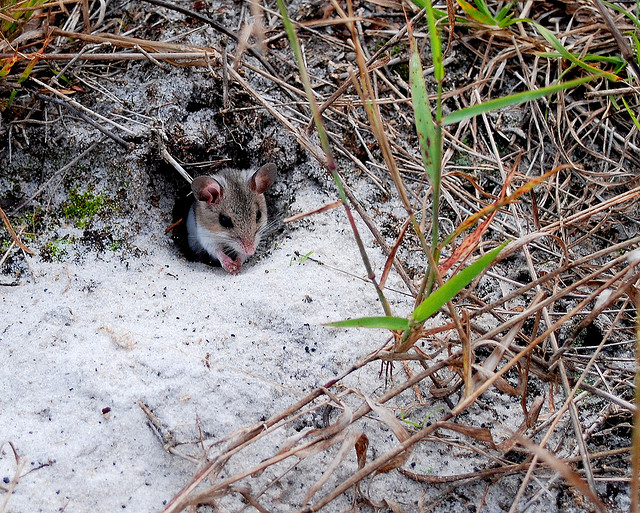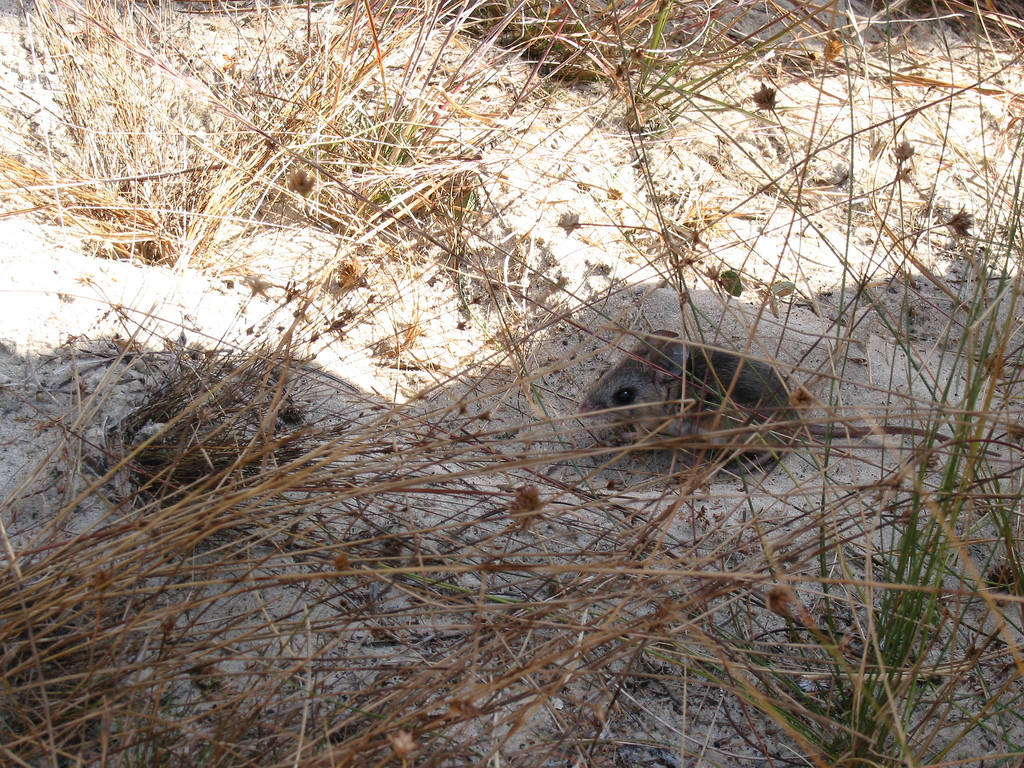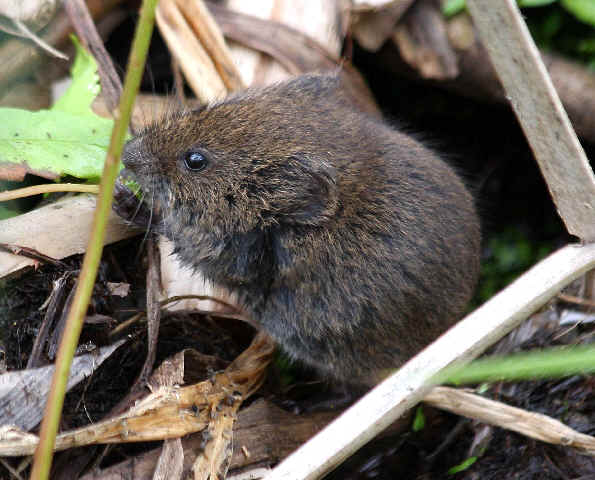Florida Mouse Legal Status:
The Florida Mouse is protected by Florida endangered and threatened species rule. They are listed as a species of special concern; and or vulnerable. However they are not listed on the Federal protected list.
Florida Mouse: (Podomys floridanus)
The Florida mouse (podomys floridanus) also known as the Florida deer mouse, the big eared deer mouse and the gopher mouse; is a member of the cricetidae family. They average between 5 to 8 inches long and their tails are between 2 to 3.5 inches long, weighing between 1/2 ounce to 1 ounce.
The Florida mouse has soft silky fur that is brown or brownish orange in color. Its under – parts are white. Their ears are large and fur – less. Their tails are long and their back paws are large in size and have 5 pads or tubercles. Their teeth are sharp and they use them for gnawing. The Florida mouse is only found in the southern, and central parts, including the northern peninsula of Florida. They inhibit high dry sandy ridges that has an abundance of black – jack and turkey oak, as well as palmettos.
The Florida mouse is an omnivore and will consume just about any kind of food. Their primary diet consists of seeds, nuts, berries, plants, fruits, insects and other invertebrates and vertebrates.
The Florida mouse is nocturnal, resting in its nest during the day and active at night searching for food. Florida mice are exclusive burrowers, however sometimes it will occupy the burrows of gopher tortoises. Once the burrows are occupied, they begin to consist the nest made of shredded materials such as leaves and spanish moss. They communicate by emitting high pitched squeals and when they are excited they thump the ground with their front paws producing a drumming sound. The Florida mouse also has an distinctive odor almost like a skunk. The Florida mouse usually breeds throughout the year, peeking between July and December. Their litter sizes varies, usually having an average of 2 to 4 young. Its gestation period is approximately 22 to 24 days. When the young are born their eyes sealed shut. They are between 1.7 inches long with the its tail being 0.31 inches long and only weigh 0.067 to 0.10 ounces. Within 4 days the young are showing their teeth , by the 10th day they are agile and active. Their eyes are completely open by the 16th day. The mother nurses her young almost non stop the first two weeks of life. By the time the young reach between 3 to 4 weeks they are completely weaned, at which at this time they begin to show adult behaviors.
The Florida mouse is known to carry several diseases such as hantavirus pulmonary syndrome, salmonellosis, leptospirosis and tularemia which can be transmitted humans.


